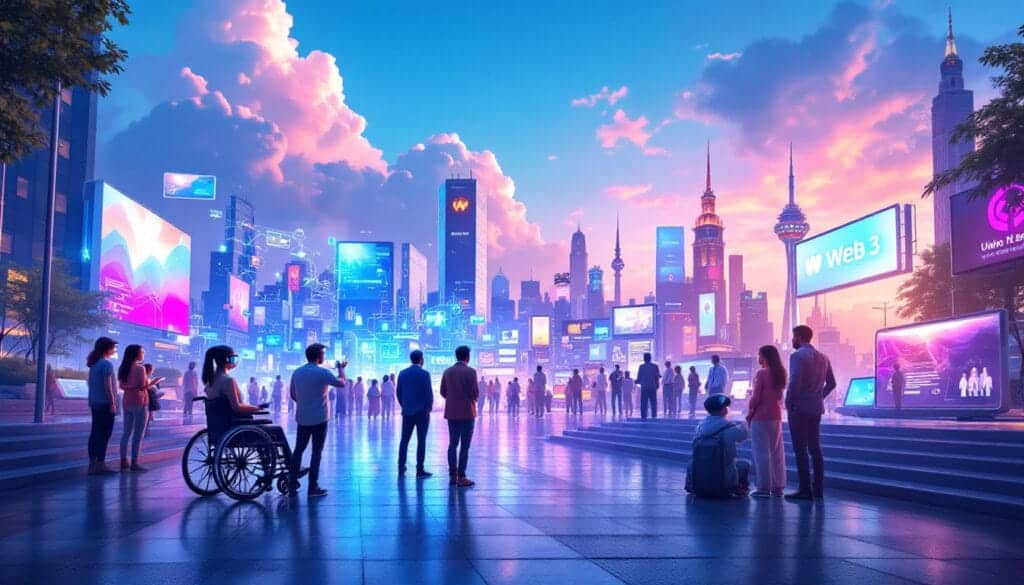Augmented reality is revolutionizing our daily environment by overlaying virtual elements onto our reality. By enriching our perception of the world, it is making its way into various sectors such as education, marketing, and entertainment, transforming the way we interact with our surroundings. With devices equipped with cameras, sensors, and screens, augmented reality offers immersive experiences, engaging users in a universe where real and virtual coexist harmoniously.
Table des matières
ToggleGlossary on Decoding Augmented Reality
Augmented reality (AR) is a technology that involves overlaying virtual elements onto our real environment, thus modifying our perception of the world around us. It should not be confused with virtual reality, which immerses the user in a completely digital universe. AR enriches our environment by adding digital information, thereby offering new perspectives in various fields.
The applications of augmented reality are numerous and varied. In the education sector, it enables a better understanding of subjects by providing 3D visual representations of complex objects. In the realm of entertainment, AR is revolutionizing video games by making them more interactive and immersive. It is also used in marketing to offer consumers personalized and engaging shopping experiences.
On the industrial side, augmented reality plays a crucial role. It is used for employee training, providing visual and interactive instructions in real-time. In the manufacturing sector, it assists personnel during maintenance or assembly tasks by displaying, for example, the plans of a piece of equipment directly on the screen of an AR device. This technology thus helps improve efficiency and reduce the risk of errors.
The underlying technologies of augmented reality include devices such as smartphones, tablets, or connected glasses. These devices are equipped with cameras, sensors, and screens that capture the real environment, overlay virtual elements, and engage the imagination of users in real-time. Moreover, the integration of audio systems and other innovative technologies amplifies the user experience, making it even more immersive.
A striking example of the use of augmented reality is the transformation of static magazines into interactive content through applications capable of scanning images and turning them into videos or animations. This concept is now adopted by many media outlets, redefining how content is consumed by the public.
Another sector where augmented reality is making its presence felt is in the differentiation of electronic devices such as smart glasses connected to smartphones. Companies like Google are exploring the possibility of advancing these devices to the point of fully integrating them into our daily lives, potentially replacing other devices. This opens fascinating perspectives for the future of technology in our lives.
Understanding augmented reality is crucial for anyone interested in current technological advancements. For more information on the applications and innovations related to augmented reality, you can explore the biography of Evan Spiegel, the AR innovator at Snap Inc.

FAQ: Decoding Augmented Reality
Q : What is augmented reality?
A : Augmented reality is a technology that overlays virtual elements onto our real environment, thus altering our perception of reality.
Q : How does augmented reality work?
A : Augmented reality works by calculating and integrating digital information in real-time, such as 2D images, 3D objects, and audio systems, with our real world.
Q : What devices are used for augmented reality?
A : Augmented reality devices often include cameras, sensors, and screens to enrich the user’s perception of reality without replacing it.
Q : In which fields is augmented reality applied?
A : Augmented reality is applied in various fields such as education, entertainment, marketing, and even rehabilitation, where it transforms traditional methodologies.
Q : What are the challenges of augmented reality?
A : The challenges of augmented reality include transforming the perception of the world while revolutionizing various industrial and social sectors through its profound impact on our daily lives.





